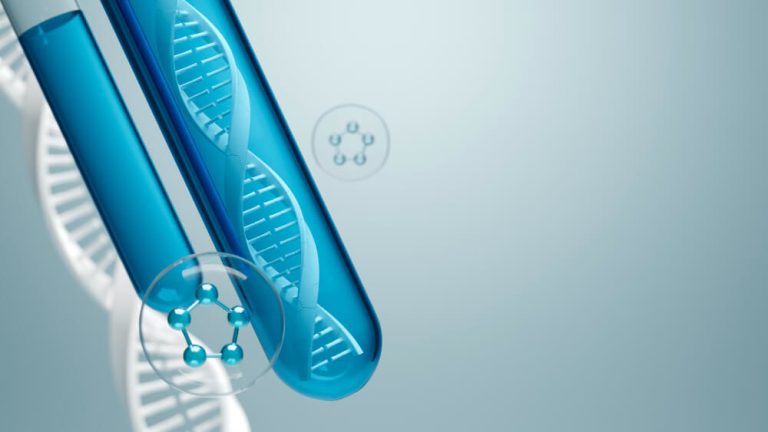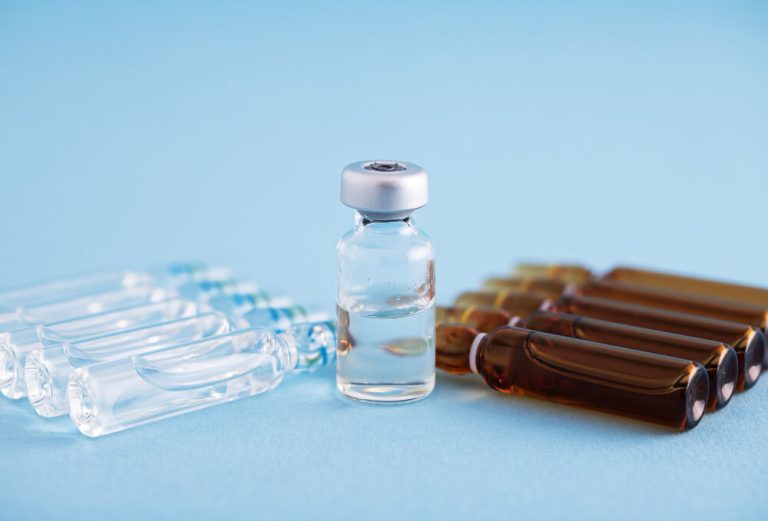Unlocking the Future of Medicine: A Guide to Exosome Training
In the vast and intricate world of our bodies, a quiet revolution is taking place. It’s happening at a microscopic level, led by tiny messengers that were once considered little more than cellular dust. These messengers are called exosomes, and they are reshaping our understanding of health, disease, and the very essence of healing. As this field explodes with potential, the need for clear, comprehensive, and expert-led education has never been more critical.
Imagine your body is a massive, bustling country. Your cells are the citizens, each with a specific job. For this country to function, these citizens need to communicate effectively. Exosomes are the high-tech postal service, carrying vital packages of information from one cell to another, ensuring everything runs smoothly. This communication is fundamental to how our bodies repair tissue, manage inflammation, and maintain balance.
Understanding this cellular postal service is the key to unlocking a new frontier in medicine. It’s a field that demands specialized knowledge, blending complex biology with practical clinical application. This is precisely where Exosome training becomes essential, providing a bridge between groundbreaking science and real-world therapeutic strategies for a new generation of healthcare pioneers.

What Exactly Are Exosomes?
To truly appreciate their potential, we need to look closer at what exosomes are. They are not cells themselves, but rather nano-sized vesicles, or tiny bubbles, released by almost every cell type in the body. Think of them as small, protected packages shed from a parent cell, designed to travel through bodily fluids like blood and saliva to reach distant target cells.
What’s inside these packages? It’s not just random cellular debris. Exosomes contain a curated cargo of bioactive molecules, including proteins, lipids, and various forms of RNA like messenger RNA (mRNA) and microRNA (miRNA). This cargo is a specific set of instructions, a biological software update, delivered directly to the recipient cell’s doorstep.
When an exosome fuses with a target cell, it releases its contents, influencing the recipient cell’s behavior. It might tell a dormant cell to become active, a damaged cell to begin repairs, or an inflammatory cell to calm down. This natural, targeted communication system is what makes exosomes so powerful and so exciting for medical science.
This process is happening constantly within us, a silent, microscopic symphony of communication that maintains our health. The goal of exosome-based therapies is to harness this natural system, concentrating and directing its healing and regenerative messages to where they are needed most.
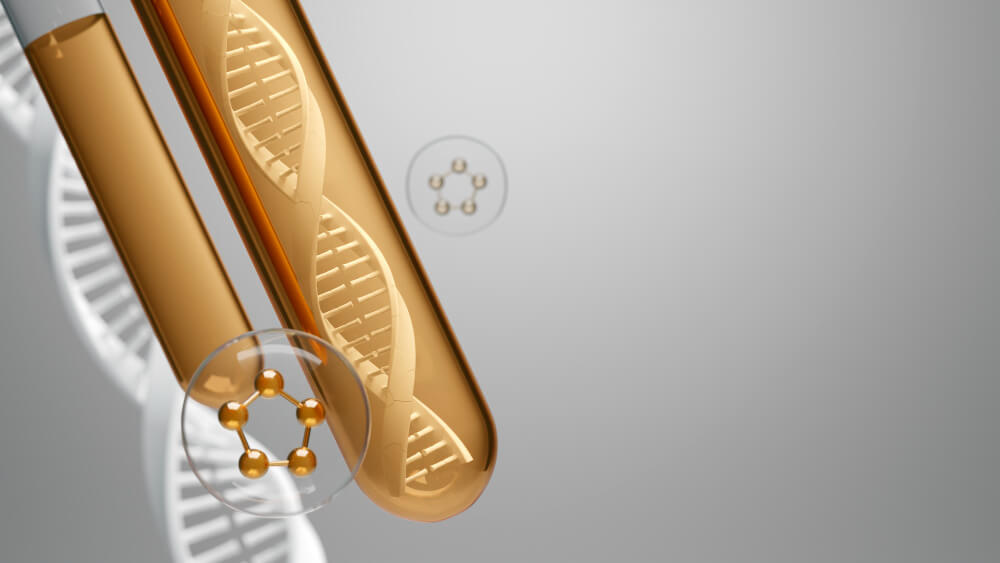
Why Is There So Much Buzz Around Exosomes?
The excitement surrounding exosomes stems from their incredible versatility. Their potential applications span a wide spectrum, from advanced diagnostics to cutting-edge regenerative therapies. Because they are the body’s own method for intercellular signaling, they hold the promise of more natural and targeted medical interventions.
In the realm of diagnostics, exosomes are a potential goldmine. Since they circulate throughout the body carrying molecular information from their cell of origin, they can act as biomarkers. A simple blood test, or a ‘liquid biopsy’, could analyze the exosomal cargo to detect signs of disease, like cancer, long before traditional symptoms appear. This offers a non-invasive window into the body’s real-time health status.
On the therapeutic side, the possibilities are even more profound. In regenerative medicine, exosomes derived from young, healthy cells, such as mesenchymal stem cells, can be used to promote tissue repair and reduce inflammation. They are being explored for everything from skin rejuvenation and hair restoration to supporting joint health and accelerating recovery from injuries.
Their ability to cross biological barriers, like the blood-brain barrier, also makes them ideal candidates for drug delivery systems. Scientists envision loading exosomes with specific therapeutic agents and using them as ‘smart bombs’ to target diseases like Alzheimer’s or Parkinson’s directly in the brain, minimizing side effects to the rest of the body. This blend of diagnostic and therapeutic potential is what places exosomes at the forefront of modern medicine.
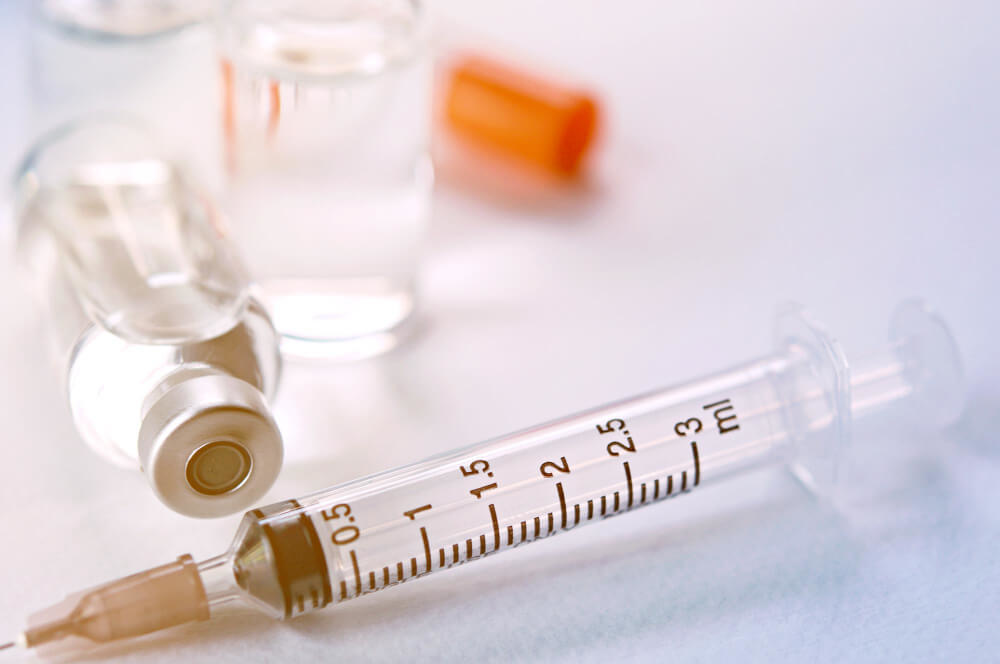
What Does Exosome Training Involve?
Given the complexity and rapid evolution of this field, proper training is not just an advantage; it is a necessity for any practitioner looking to incorporate exosome-based therapies. Comprehensive training programs are designed to equip healthcare professionals with the scientific foundation and practical skills needed to navigate this new terrain safely and effectively.
These courses go far beyond a simple overview. They delve deep into the cellular and molecular biology that underpins how exosomes work. Participants learn about the intricate mechanisms of exosome formation, cargo loading, and uptake by target cells. This foundational knowledge is crucial for understanding why a therapy works and for making informed clinical decisions.
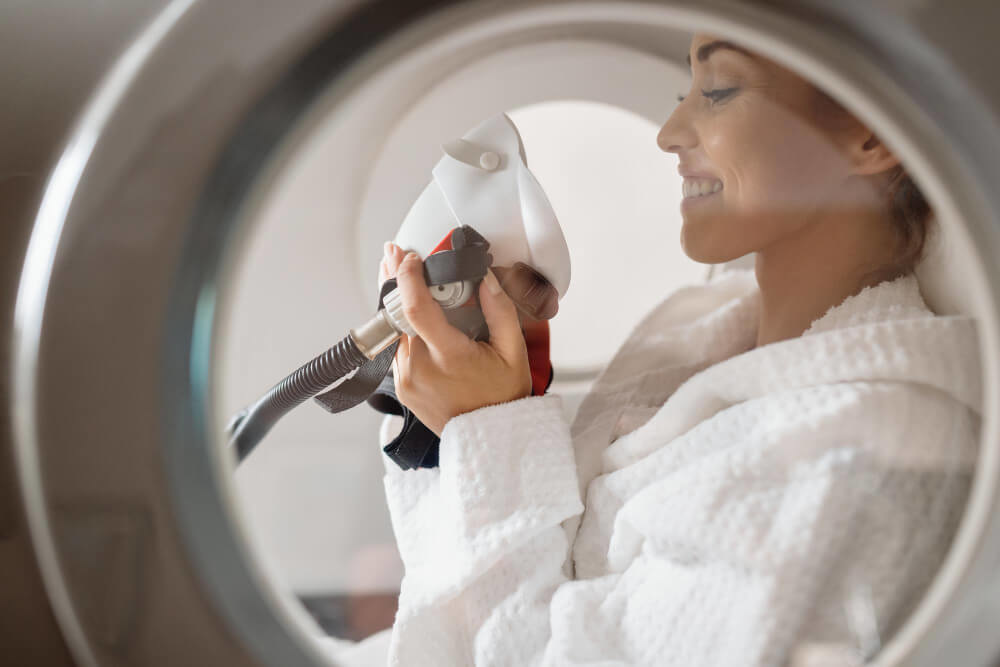
Who is this training for?
Exosome training is primarily designed for licensed healthcare professionals. This includes medical doctors, doctors of osteopathy, nurse practitioners, physician assistants, and clinic owners who are committed to expanding their practice into regenerative and anti-aging medicine. It is for the forward-thinking clinician who wants to move beyond conventional treatments and offer patients the latest in evidence-informed biological therapies.
Researchers and scientists who are new to the exosome field can also benefit immensely, gaining a structured understanding of the translational aspects of their work. The curriculum is built to bridge the gap between the laboratory and the clinic, ensuring that scientific principles are always tied to practical, real-world applications. A deep dive into this subject is often part of a broader curriculum, and specialized exosome therapy training for doctors provides the focused education required to master these protocols.

What core scientific principles are covered?
A robust training program covers a wide array of scientific topics. It begins with the fundamentals of cellular biology, ensuring all participants have a strong grasp of how cells function and communicate. From there, the curriculum focuses specifically on the biogenesis of exosomes, exploring the endosomal sorting complex required for transport (ESCRT) pathway and other mechanisms of their creation.
Students learn to differentiate exosomes from other extracellular vesicles, like microvesicles and apoptotic bodies, based on their size, origin, and content. The training also covers the diverse functions of exosomal cargo, particularly the roles of miRNAs in gene regulation and proteins in signaling pathways. This knowledge is often contextualized within the broader field of longevity science, connecting exosome function to other key biological processes. For instance, understanding the science of sirtuins and PARPs for doctors can provide a more holistic view of the cellular mechanisms that contribute to aging and regeneration.

How are exosomes sourced and prepared?
This is one of the most critical components of any exosome training course. The safety and efficacy of an exosome product depend entirely on its source and the methods used for its isolation and purification. Training covers the various sources of therapeutic exosomes, with a strong focus on perinatal tissues like umbilical cord Wharton’s jelly, amniotic fluid, and placental-derived mesenchymal stem cells (MSCs).
Practitioners learn about the stringent donor screening and testing protocols required to ensure the source material is free from pathogens and contaminants. The course details different laboratory techniques for isolating exosomes, such as ultracentrifugation, size-exclusion chromatography, and precipitation methods. Participants gain an understanding of how to assess the quality of an exosome product, including its concentration, purity, and the characterization of its cargo. This knowledge is vital for selecting high-quality, reliable products from reputable labs.
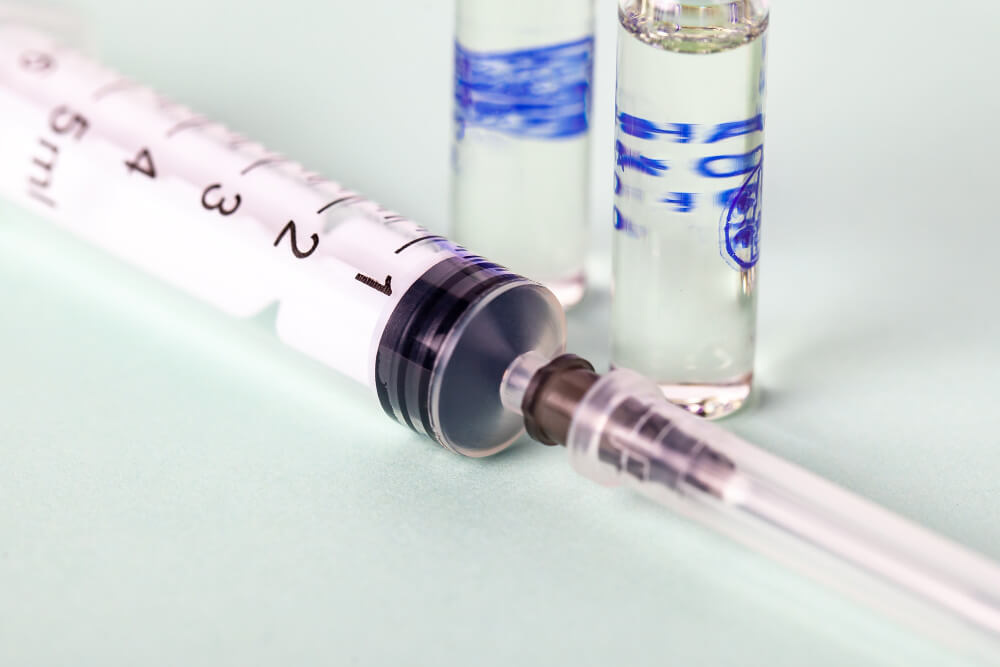
What are the Practical Applications Being Taught?
While the science is fascinating, the ultimate goal of training is to prepare clinicians to use exosomes effectively in a clinical setting. The curriculum therefore focuses heavily on the practical applications that are showing the most promise and have the most supporting evidence.
Training programs provide detailed protocols for various therapeutic uses, covering patient selection, dosage considerations, and methods of administration. The goal is to empower practitioners with the confidence and competence to integrate these advanced therapies into their practice safely.

How are exosomes used in regenerative medicine?
Regenerative medicine is currently the largest area of application for exosome therapies. In aesthetics, exosomes are used to rejuvenate the skin by promoting collagen and elastin production, reducing fine lines, improving skin texture, and minimizing pigmentation. Training covers techniques for topical application, often combined with procedures like microneedling to enhance penetration and efficacy.
Another popular application is hair restoration. Exosomes can be injected into the scalp to stimulate dormant hair follicles, increase hair density, and slow down hair loss. The training provides specific protocols for this procedure. In orthopedics, exosomes are being used to manage joint pain and inflammation associated with osteoarthritis, as well as to accelerate healing after musculoskeletal injuries. Practitioners learn the proper techniques for intra-articular injections and how to manage patient expectations.

What is the role of exosomes in diagnostics?
While still an emerging area, the diagnostic potential of exosomes is a key topic in advanced training. Clinicians learn about the concept of liquid biopsies and how analyzing the RNA and protein content of exosomes in a patient’s blood or urine can provide valuable information about their health.
This includes the potential for early cancer detection, monitoring disease progression, and assessing the body’s response to treatment. While most of these diagnostic tools are still in the research phase, understanding their scientific basis prepares practitioners for the future of personalized medicine. It allows them to have informed conversations with patients about the evolving landscape of diagnostic technology.

How is the Field of Exosome Research Evolving?
The field of exosome science is anything but static. It is one of the most rapidly evolving areas in all of biology, with new discoveries being published almost daily. A critical aspect of any good training program is teaching practitioners how to stay current and critically evaluate new information.
The number of publications on exosomes has grown exponentially over the past decade. This explosion of knowledge means that what is considered cutting-edge today may be standard practice tomorrow. For those deeply interested in the foundational science, there is a wealth of information available from leading suppliers of exosome research materials and reagents.
Landmark scientific papers have paved the way for our current understanding. For example, a key publication in the journal Cell provided significant insights into the biogenesis and function of these vesicles, helping to solidify their importance in the scientific community. Staying abreast of such pivotal research is crucial for any expert in the field.
To keep up with the latest findings, dedicated academic publications have emerged. Journals like the Journal of Exosomes are invaluable resources for researchers and clinicians who want to follow the most recent developments, from novel isolation techniques to new therapeutic applications. A commitment to lifelong learning is non-negotiable in this dynamic field.
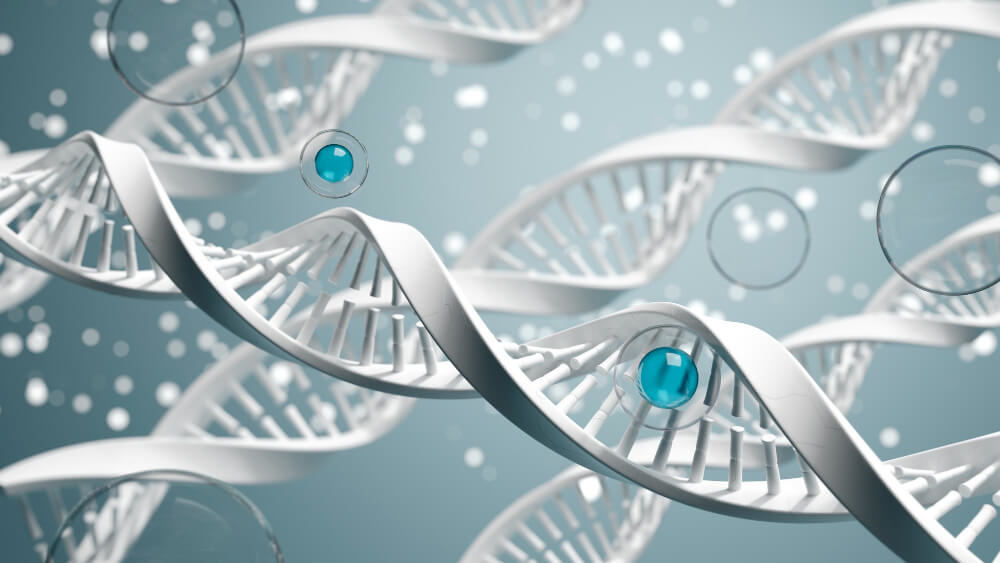
What About Safety and Regulations?
With great potential comes great responsibility. The safety of patients is the paramount concern in any medical procedure, and exosome therapies are no exception. A significant portion of any credible training program is dedicated to the legal, regulatory, and ethical considerations surrounding the use of these products.
Navigating the regulatory landscape can be complex. In the United States, the Food and Drug Administration (FDA) has issued specific guidance on cell and tissue products. It is essential for practitioners to understand these regulations to ensure they are practicing legally and ethically. A detailed understanding of the legal and regulatory status of exosome products is a cornerstone of responsible practice.
The source and manufacturing process of exosome products are critical for safety. Reputable training emphasizes the importance of using products from labs that adhere to Current Good Manufacturing Practices (cGMP). These labs follow strict quality control standards to ensure their products are pure, potent, and free from contaminants like bacteria, viruses, or endotoxins.
Furthermore, the scientific community relies on rigorous clinical trials to establish the safety and efficacy of new treatments. Practitioners should be aware of the current state of clinical research and be able to discuss it with their patients. Following the progress of ongoing human studies provides insight into where the field is headed and what applications have the most robust scientific backing. This commitment to evidence-informed practice is what separates legitimate regenerative medicine from unsubstantiated hype.
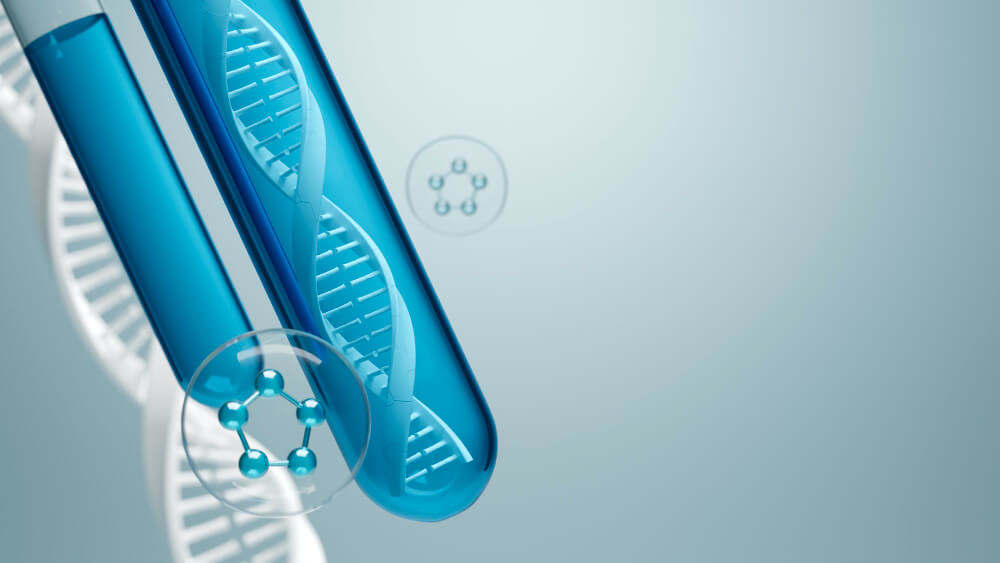
Why is Proper Training Non-Negotiable?
In a field as new and exciting as exosome therapy, there is an inevitable gap between the scientific frontier and widespread clinical understanding. This gap can unfortunately be filled with misinformation and exaggerated claims. This is precisely why comprehensive, science-based training is not just beneficial, it is absolutely essential.
Proper training empowers clinicians to critically evaluate products and protocols. It gives them the tools to distinguish between high-quality, ethically sourced exosomes and inferior products that could be ineffective or even harmful. It provides the knowledge needed to set realistic patient expectations and to explain the science behind the therapy in a clear and accurate way.
Ultimately, the safe and effective application of exosome therapies depends on the skill and knowledge of the practitioner. Without a deep understanding of the underlying biology, the regulatory environment, and the clinical protocols, a clinician is navigating without a map. Proper education is the compass that guides responsible innovation and ensures that the incredible promise of exosomes can be realized for the benefit of patients everywhere.
This journey into the future of medicine is thrilling, but it must be undertaken with diligence and a profound respect for the science. The practitioners who invest in high-level training today will be the leaders who shape the regenerative medicine landscape of tomorrow.
Frequently Asked Questions

What are the most critical red flags to look for when evaluating a potential exosome supplier?
One of the biggest red flags is a lack of transparency regarding the exosome source and manufacturing process. A reputable supplier should be able to provide detailed information on the cell type used, donor screening protocols, and the specific isolation and purification methods employed. Be cautious of suppliers who provide vague descriptions or are unwilling to share comprehensive characterization data beyond simple particle concentration.
Another major warning sign is inconsistency in product quality between batches and an unwillingness to provide batch-specific Certificates of Analysis (CoA). You should also be wary of any supplier making unsubstantiated or illegal therapeutic claims about their products, as this indicates a poor understanding of regulatory compliance. A trustworthy partner will focus on providing a well-characterized, high-quality raw material, not on selling a "cure."
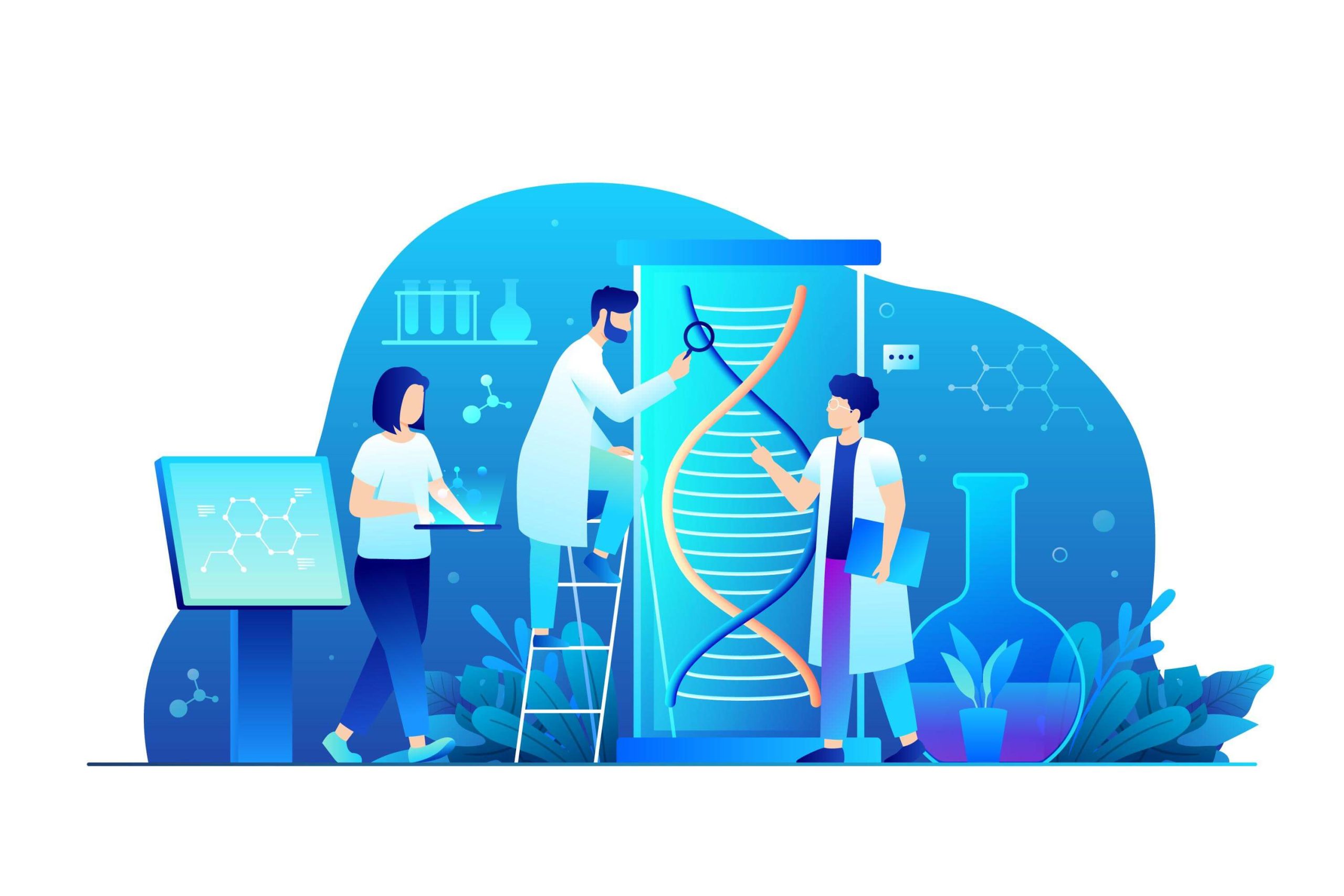
Besides a Certificate of Analysis (CoA), what specific documentation is essential to request?
Beyond the standard CoA, it is crucial to request detailed batch manufacturing records (BMRs) and comprehensive stability data for the specific exosome product. The BMR provides a step-by-step account of how that exact lot was produced, demonstrating process control and traceability. Stability data is essential to confirm that the product maintains its critical quality attributes, such as purity and potency, under the recommended storage conditions over its entire shelf life.
Furthermore, you should inquire about the supplier’s Standard Operating Procedures (SOPs) for key quality control assays, cell line banking, and raw material qualification. Access to these documents demonstrates the maturity of their Quality Management System (QMS) and their commitment to consistency and safety. A supplier’s readiness to share this level of documentation is a strong indicator of their reliability and adherence to high standards.

How can I confirm that a supplier’s manufacturing process meets medical-grade standards?
The most reliable way to confirm medical-grade manufacturing is to verify that the supplier operates in compliance with Good Manufacturing Practices (GMP). Request to see their GMP certification or, if they are not fully certified, ask for documentation proving they operate under GMP-comparable conditions, including cleanroom classifications, environmental monitoring data, and equipment qualification reports. True medical-grade production requires a strictly controlled environment to minimize contamination and ensure product safety.
In addition to GMP compliance, inquire deeply about their Quality Management System (QMS), specifically their procedures for change control, deviation management, and supplier qualification for their own raw materials. A robust QMS is the operational backbone that ensures processes are followed consistently and that any issues are documented, investigated, and resolved properly. The ability to conduct a virtual or in-person site audit is the ultimate verification step to observe these practices firsthand.
Discover the most comprehensive functional medicine training, longevity training, and biohacking certification programs designed specifically for healthcare professionals, medics, and clinic owners who want to master regenerative medicine protocols and anti-aging therapies. Elevate your practice with Talking Longevity and become a leader in the future of health.



